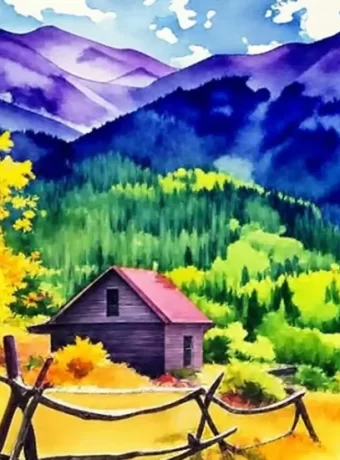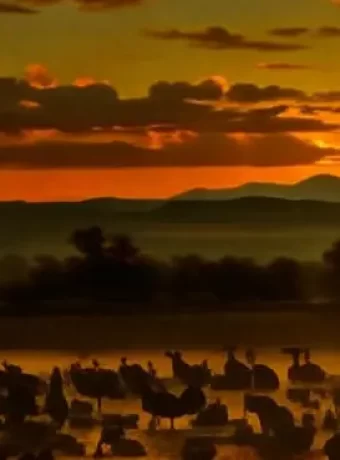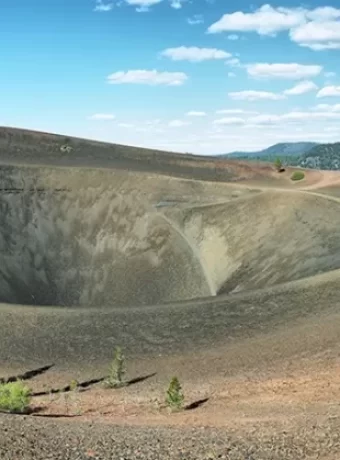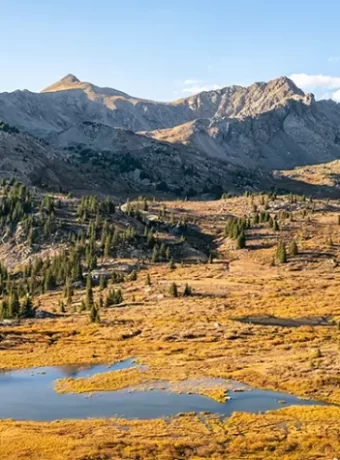West Yellowstone Montana: A Historical Gateway to Adventure
Ever wondered about the history of West Yellowstone Montana? Let’s journey back in time, way before it became a beloved gateway to America’s first national park. Picture vast landscapes teeming with Native American tribes and audacious explorers tracing paths through unknown territories.
The chugging steam engines of Union Pacific Railroad arrived, stoking the fires of development. A town was born out of necessity, built on courage and ambition – as wild and untamed as the land itself. History of West Yellowstone.
Imagine standing at its historic district, surrounded by early 20th-century architecture whispering tales from an era gone by. See yourself embracing outdoor adventures that paint every season with thrilling shades – hiking trails under summer suns or gliding over winter snows cleared for cross-country skiing.
But this ain’t your average history lesson, folks. Think of it as your golden ticket to truly get the vibe of this incredible spot tucked away in.
Table Of Contents:
- Early Native American Presence and Exploration
- Union Pacific Railroad and the Development of West Yellowstone
- West Yellowstone’s Role as the Gateway to Yellowstone National Park
- Greater Yellowstone Eco-System Graphic Wildlife Hoodies
- The Historic District of West Yellowstone
- Outdoor Activities in West Yellowstone
- Fly Fish Yellowstone Park and Montana
- Notable Events in West Yellowstone’s History
- Attractions and Landmarks in West Yellowstone
- Year-Round Travel and Tourism in West Yellowstone
- In Conclusion of the History of West Yellowstone Montana
Early Native American Presence and Exploration
The lands we now know as West Yellowstone, Montana were not always buzzing with tourists. Native American tribes were the first inhabitants of this region, utilizing its natural resources for sustenance.
These tribes lived off the land, relying on its rich resources for survival. Hunting game in the lush forests or fishing in crystal clear rivers – these practices laid down by our ancestors still hold significance today.
Yellowstone National Park, a mere stone’s throw away from town, also bears witness to their presence. Artifacts found within park boundaries paint a picture of life thousands of years ago. From spearheads and pottery shards to cave paintings – each relic tells an incredible story about those who came before us.
The First Explorers: Tracing Their Steps
In later centuries, European explorers ventured into these wild territories lured by tales of untamed beauty and unimaginable riches beneath earth’s crust. They sought out new routes through dense forested trails and treacherous mountain passes.
Fur trappers made paths along riverbanks teeming with beavers while prospectors combed hillsides looking for gold veins glistening under sunlight – paving way for settlement era that transformed West Yellowstone forever.
A Timeless Legacy: Connecting Past & Present
Native Americans left behind more than just arrowheads; they left a legacy embedded deep within the culture of West Yellowstone today. Their reverence towards nature can be seen mirrored in conservation efforts across the area, ensuring wildlife continues thriving here just like it did hundreds of years ago. We continue honoring them through education initiatives, making sure future generations understand the importance of preserving the natural heritage around us.
This narrative of the past is merely a glimpse into what occurred, showing how Native Americans and pioneers who resided in this area were able to be resilient and flexible. Let’s keep their memory alive by respecting the land they held so dear.
Union Pacific Railroad and the Development of West Yellowstone
The Union Pacific Railroad played a significant role in shaping West Yellowstone. This was more than just another stop for the railroad – it breathed life into what would become a bustling town.
Arrival of the Union Pacific Railroad
In 1908, the West Yellowstone Chamber of Commerce notes that this quiet corner of Montana became an essential gateway to Yellowstone National Park. Thanks to Charles Arnet, an enterprising railroad man with big dreams, a branch line from Idaho’s Oregon Short Line connected Salt Lake City directly with what is now known as West Yellowstone.
This train service wasn’t only about passenger travel though; it also gave rise to unique economic opportunities. For instance, large quantities of goods could be transported easily across vast distances.
As if overnight, sleepy West Yellowstone started growing at a fast pace thanks to its newfound accessibility via rail and status as an official gateway community. The arrival point for passengers soon got its name: The Union Pacific Depot on Yellowstone Ave in downtown West Yellowstone, Montana – making history forevermore.
A Boom Town Is Born
Anchored by Union Pacific’s depot hub which served thousands each day during peak season; businesses sprouted up along every street within walking distance – including hotels like Madison Hotel (built right after Union Pacific arrived) offering tourists their first taste upon arriving here before heading off towards adventures waiting inside national forests surrounding us all around such as Gallatin National or Madison National depending on your direction traveled out from our humble yet thriving center point town West Yellowstone situated beautifully amidst wild natural beauty seen nowhere else quite like this place we call home today.
West Yellowstone’s Role as the Gateway to Yellowstone National Park
Resting at an elevation of 6,667 feet (2,032 meters) above sea level is West Yellowstone. With a humble population of around 1,300 residents, this town may seem small. But it holds a special role—it’s the gateway to Yellowstone National Park.
The park’s west entrance provides visitors with immediate access to its grandeur. This position has made West Yellowstone Montana indispensable for anyone planning a tour in Yellowstone.
In terms of accessibility and convenience—this place wins hands down. Its strategic location allows you easy entry into both Madison National Forest and Gallatin National Forests. These areas are must-visits for any adventurer who craves some outdoor excitement.
Not just that but also its proximity makes it easier for tourists to reach key spots within the national park such as Old Faithful geyser or Grand Prismatic Spring—a marvel nature lovers would kill to see.
The Historical Significance of West Entrance
Historically speaking too—the west entrance has played quite a part. Back in late November 1920 when winter train service was still operational—the Pacific Railroad built what we now know as “Yellowstone Historic District”.
This historic railroad site was established right here—in our little town of West Yellowstone. The district preserves many buildings from that era including Union Pacific Dining Lodge—one spot every foodie should visit.
Yellowstone National Park Scenic August Drive
More videos of the drive in Yellowstone National Park.
A Year-Round Gateway?
You bet. Although heavy snowfall blankets much area by late November until early April; diligent efforts by forest service ensures roads remain accessible all year round once winter snows cleared out.
Fun Fact: The Yellowstone Stage used to run between Salt Lake City and West Yellowstone. Today, miles west of the town center, you can still see remnants of this historic route.
All in all—West Yellowstone’s role as a gateway has been crucial for park visitors year after year. And guess what? This isn’t going to change anytime soon.
Greater Yellowstone Eco-System Graphic Wildlife Hoodies
Yellowstone’s greater eco-system encompasses a large geographic area. Within Yellowstone’s eco-system lives a diversity of wildlife. Images of this wildlife is used to create sun protective graphic hoodies. These hoodies have a built in facemask and are a UPF-50. This garment makes a great base layer in the cooler months. Take a look at the whole line Click Here.
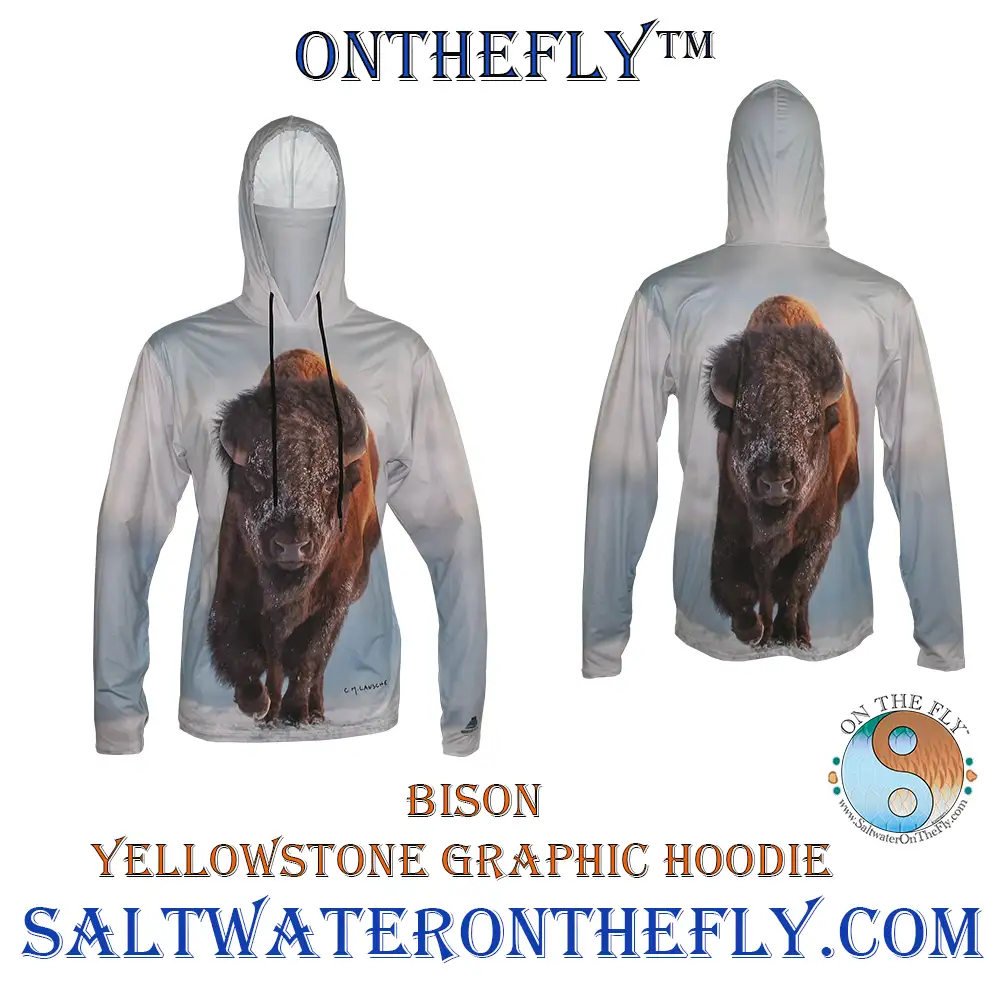
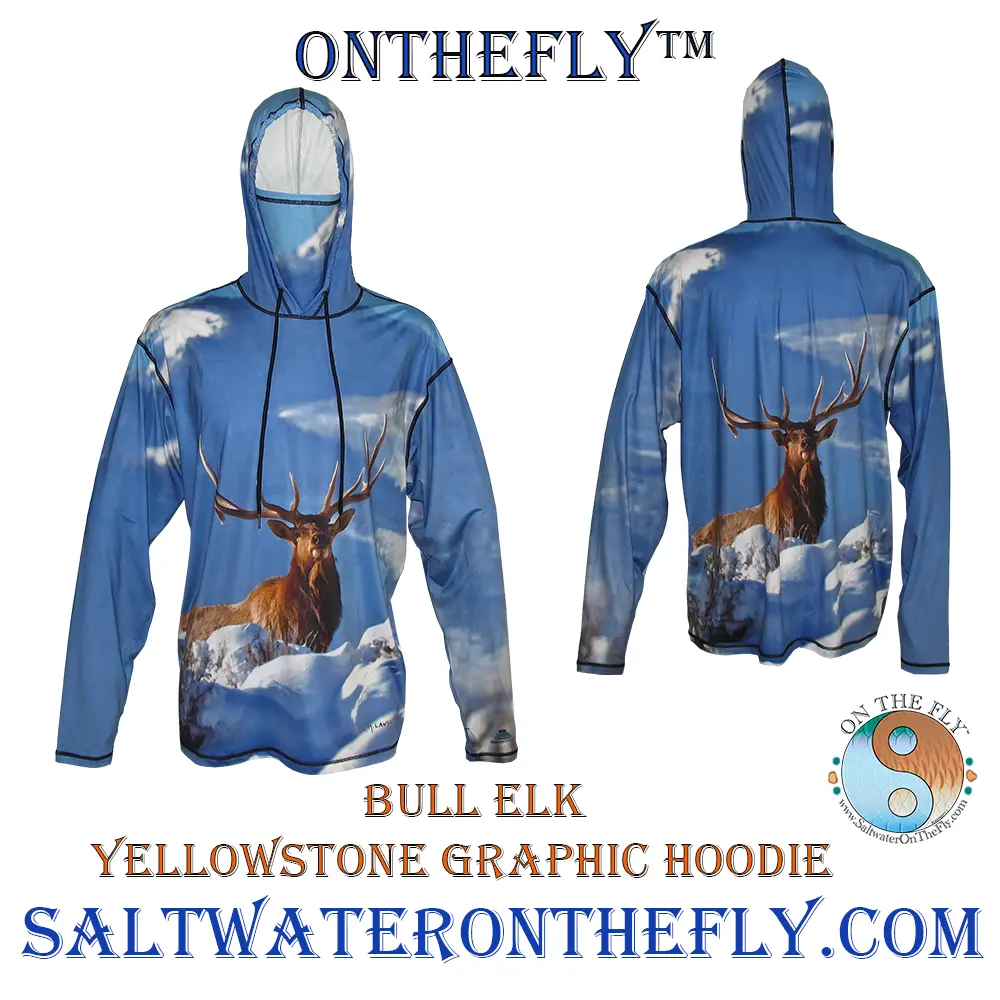
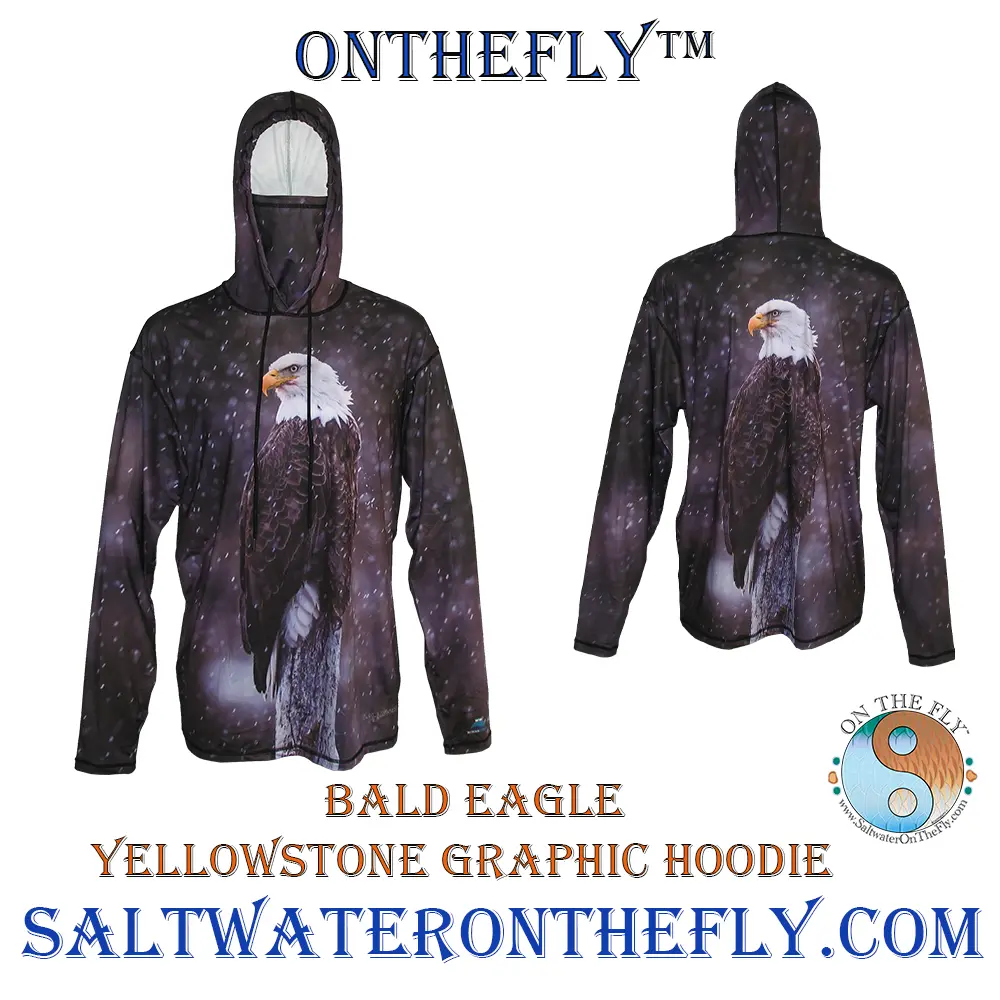
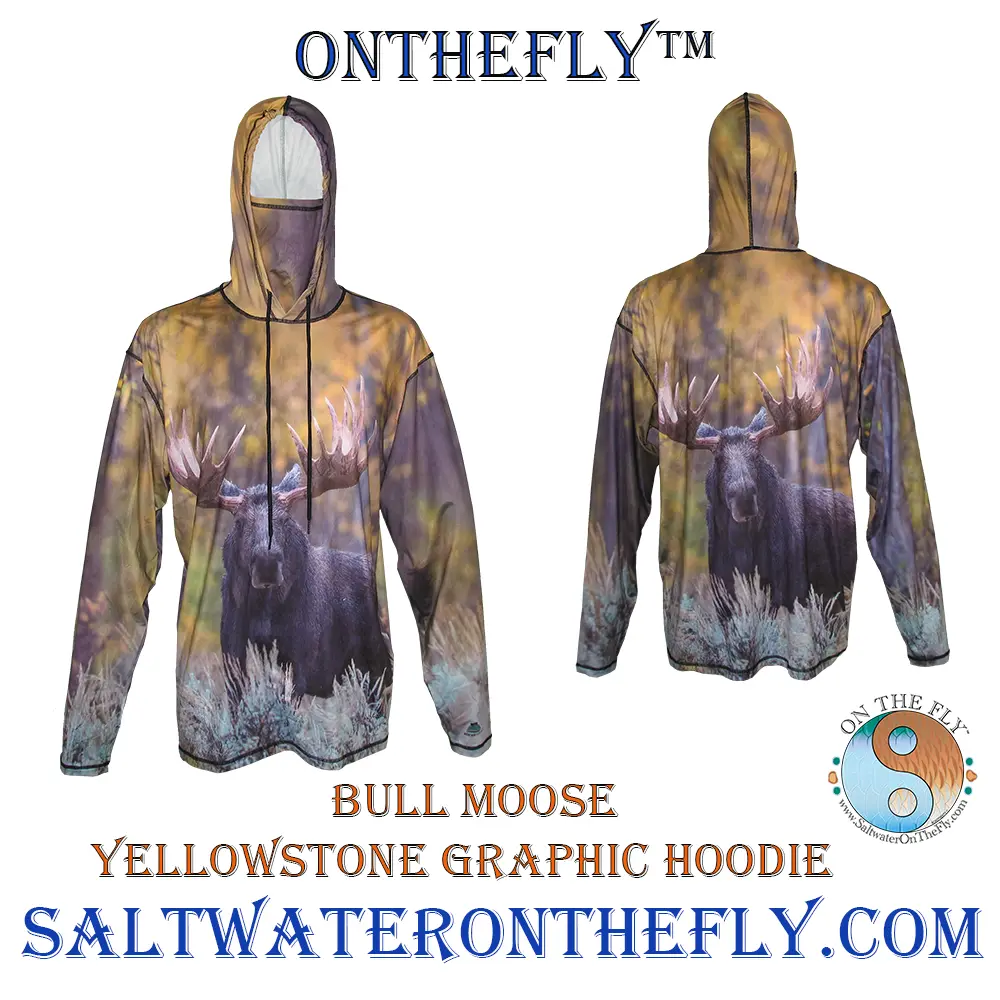
Greater Yellowstone Eco-System Graphic Wildlife Hoodies
Yellowstone’s greater eco-system encompasses a large geographic area. Within Yellowstone’s eco-system lives a diversity of wildlife. Images of this wildlife is used to create sun protective graphic hoodies. These hoodies have a built in facemask and are a UPF-50. This garment makes a great base layer in the cooler months.
The Historic District of West Yellowstone
Entering the Historic District of West Yellowstone could be like stepping into a different era. This quaint district boasts a selection of preserved structures from the 1900s, providing an evocative reminder of West Yellowstone’s rich heritage.
Established during the golden age of railroad travel, many buildings date back to when West Yellowstone was established as an access point for tourists journeying to visit the nearby national park. These historic structures tell tales from days gone by and lend character and charm to our modern-day experience here.
In fact, much like stepping onto platform nine-and-three-quarters at King’s Cross Station leads Harry Potter into another world, strolling down Yellowstone Ave can transport visitors back over a century. For example, just take Union Pacific Dining Lodge – one could almost hear clinking cutlery and bustling servers within its walls.
The crowning jewel though is perhaps The Madison Hotel. With its unique log cabin style design harking back all those years ago. It makes you wonder about the countless stories that must have been told around its fireplace on cold winter nights or how locals may have rushed there after hearing news late November in 1914 about President Woodrow Wilson proclaiming parts of Gallatin National Forest would now be under federal ownership.
These landmarks give us not only insight into life then but also serve as gathering points for residents today who still value their history while welcoming change – just look at how well they adapted once train service stopped in favor of road tourism post-World War II era.
Pacific Railroad Influence on Architecture
Much credit goes towards Union Pacific Railroad Company whose vision played a significant role in the town’s development. They erected several structures including Union Pacific Dining Lodge and The Oregon Short Line Terminus which were designed by architect Gilbert Stanley Underwood, famed for his rustic yet sophisticated designs.
Today these architectural gems continue to remind us of our past while serving as icons in the Yellowstone historic district. So whether you’re an architecture enthusiast or history buff, West Yellowstone has something special for you.
Outdoor Activities in West Yellowstone
West Yellowstone, nestled between Madison National Forest and Gallatin National Forest, is a playground for outdoor enthusiasts. With an array of activities on offer, it’s the perfect base camp to explore nature’s wonders.
Winter Sports in West Yellowstone
In winter, when fresh snows blanket the landscape, dog sled rides become a favorite pastime. But that’s not all; if you’re into skiing or snowmobiling near the picturesque entrance of Yellowstone National Park, then this town will be your paradise.
Cross-country skiers can glide through miles of groomed trails amidst breathtaking scenery at both Madison and Gallatin forests. Meanwhile, thrill-seekers can take their snowmobiles out onto hundreds of miles across designated areas within these national forests as well as just outside Yellowstone’s West Entrance.
The abundant wildlife found here is also noteworthy. Keep an eye out for elk herds grazing in snowy meadows or spot eagles soaring above crystal-clear rivers. You might even get lucky enough to see one of those elusive wolf packs.
If you prefer something less adrenaline-fueled but equally magical during winters here – how about ice fishing? It’s certainly worth bundling up for.
Snow-free Seasons: More Outdoor Fun Awaits.
Dog days may be over come springtime but don’t fret. As soon as winter recedes revealing greener pastures around April-May each year (depending upon weather conditions), there are plenty more opportunities to soak up the great outdoors.
Whether you prefer hiking or fishing, West Yellowstone offers it all. Hiking trails that wind through dense forests and across scenic mountains are plentiful. Plus, don’t forget about world-class fly-fishing opportunities in its surrounding rivers – a dream for any angler.
Finish your outdoor escapades with a bang – organize an unforgettable camping trip beneath Montana’s star-filled sky.
Fly Fish Yellowstone Park and Montana
Book the adventure of a lifetime. Walk and wade Yellowstone park or float the Yellowstone River. Book your Adventure Click Here.
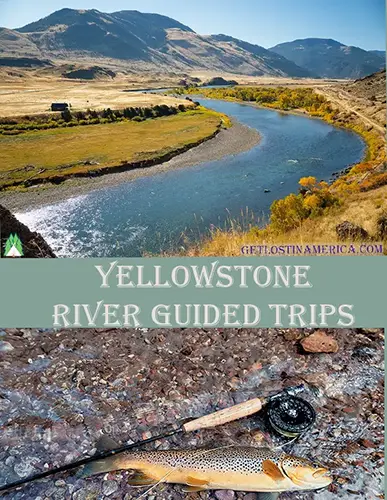
Notable Events in West Yellowstone’s History
The tale of West Yellowstone Montana is painted with vibrant strokes, each event adding a unique hue to its rich tapestry. The year 1908 saw the arrival of Union Pacific Railroad, which kick-started the town’s growth.
The Earthquake Lake Incident
In late August 1959, an earthquake measuring 7.5 on Richter scale shook the region around Hebgen Lake and formed what we now know as Earthquake Lake. This disaster has been etched into West Yellowstone’s history and led to advancements in seismic activity monitoring.
President Woodrow Wilson’s Declaration
A notable event that had a far-reaching impact was President Woodrow Wilson signing the act establishing National Park Service in 1916. His vision for federal ownership ensured that natural treasures like Madison National Forest were preserved for future generations.
The Nez Perce Trail: A Historic Journey
In summer of 1877, members of Nez Perce tribe traversed through this area while trying to escape from U.S Army troops; their route later became part of historic Nez Perce (Nee-Me-Poo) Trail.
The Grand Opening Of Madison Hotel
A significant milestone was marked when Charles Arnet opened doors to his grand establishment –Madison Hotel-in early years after Union Pacific depot started operation here.
From witnessing wolf packs roam free in Yellowstone National to becoming a bustling tourist hub, the town of West Yellowstone Montana has been shaped by these remarkable events and many more.
Attractions and Landmarks in West Yellowstone
A visit to West Yellowstone is like stepping into a world where nature, history, and adventure blend seamlessly. You can’t miss the Union Pacific Dining Lodge with its grandeur echoing the historic railroad era.
This former dining hall for train passengers has been transformed into an event space. Just around the corner lies another gem from the past: The old Yellowstone Store that now houses quaint local shops.
If you’re up for some entertainment, Playmill Theatre won’t disappoint. For a captivating theatrical experience, Playmill Theatre is the place to be. Don’t forget to swing by Hebgen Lake; it’s not just a beautiful body of water but also offers various recreational activities.
The Wolf Discovery Center & Grizzly Bears Encounter
You’ll be thrilled at Wolf Discovery Center where visitors get up-close encounters with resident wolf packs – truly unforgettable. Nearby is an opportunity to observe grizzly bears safely – always exciting.
The Visitors Centers
To make sure your trip goes smoothly, stop by one of our visitor centers such as Earthquake Lake Visitor’s Center or Madison National Forest Service Office (only 20 miles west). They give information about geothermal features unique to this area along with tips on how best enjoy them safely.
Yellowstone National Park, accessible via West Entrance gate makes visiting easy too.
Year-Round Travel and Tourism in West Yellowstone
The allure of West Yellowstone isn’t limited to a season. It’s a year-round thrill ride, from taking on the icy chill of winter to enjoying the summertime heat.
In winter, when the snows are cleared from Yellowstone’s West Entrance, opportunities for cross-country skiing present themselves. Glide along trails blanketed with fresh powder amidst breathtaking landscapes that will make your heart skip a beat.
As soon as spring springs, hikers begin flocking to town west of Yellowstone National Park. The Madison and Gallatin National Forests come alive with colorful blooms under Montana’s big sky – an experience that is nothing short of magical.
Come summer, this small mountain town continues to impress visitors who have made their way miles west from bustling cities seeking tranquility. Summer offers ideal conditions for fishing enthusiasts at Hebgen Lake while photographers can capture awe-inspiring shots of roaming wolf packs without straying too far off.
Fall in love with autumn as you witness leaves changing colors right before your eyes – making every outdoor activity even more special than it already was during other seasons. And let’s not forget about those memorable trips to Earthquake Lake Visitors Center where tourists get insight into one unique aspect of nature’s power: earthquakes.
A Town For All Seasons
Tourists don’t just visit; they fall head over heels for this charming place. But don’t take our word for it; pay a visit yourself. Whether it’s mid-summer or late November, there is always something exciting happening around here – because tourism doesn’t follow calendar pages here in West Yellowstone.
So, are you ready to pack your bags and start an adventure? Don’t wait any longer. It’s time to explore the enchanting town of West Yellowstone, where every season is a reason for a new exploration.
The charm of West Yellowstone is evergreen, with each season presenting a fresh adventure. Be it gliding on cross-country skis in the chilly winter, embarking on spring hikes through blooming woods, peaceful summer fishing sessions at Hebgen Lake or soaking in autumn’s vibrant hues – there’s always something to bewitch you. It goes beyond being just a tourist attraction; it serves as an all-season sanctuary.
In Conclusion of the History of West Yellowstone Montana
Our trip through the history of West Yellowstone Montana has been quite a ride, hasn’t it?
We began with Native American tribes, staking their claim on this wild land. Their spirit still whispers in the wind.
The Union Pacific Railroad thundered into town next, sparking growth and creating what we know as West Yellowstone today.
We admired early 20th-century architecture preserved within its historic district – silent sentinels telling tales of yesteryears.
Sensed the thrill of outdoor adventures? Every season here paints a new scene for explorers to enjoy. From hiking trails kissed by summer suns to winter landscapes ready for cross-country skiing – there’s an adventure waiting at every turn!
To truly appreciate all that West Yellowstone offers today, one must acknowledge and respect its rich history. It’s not just about looking back; it’s about moving forward informed by those who walked these paths before us. This gateway to America’s first national park is more than just a tourist spot—it’s an ongoing story written by nature and humanity together.


